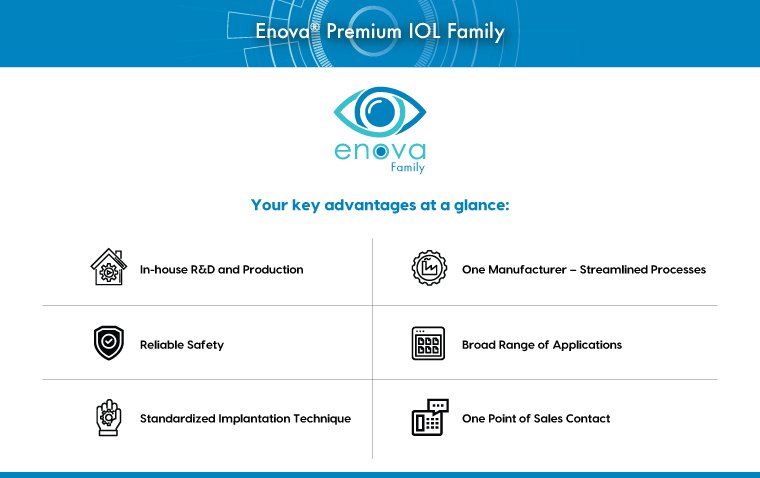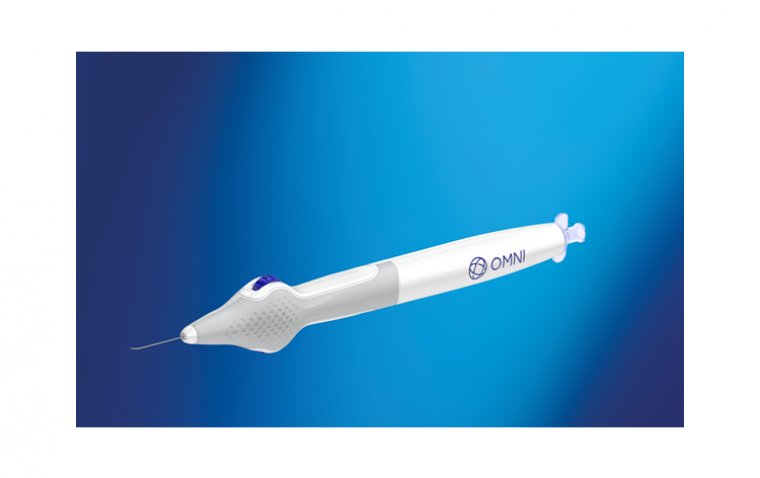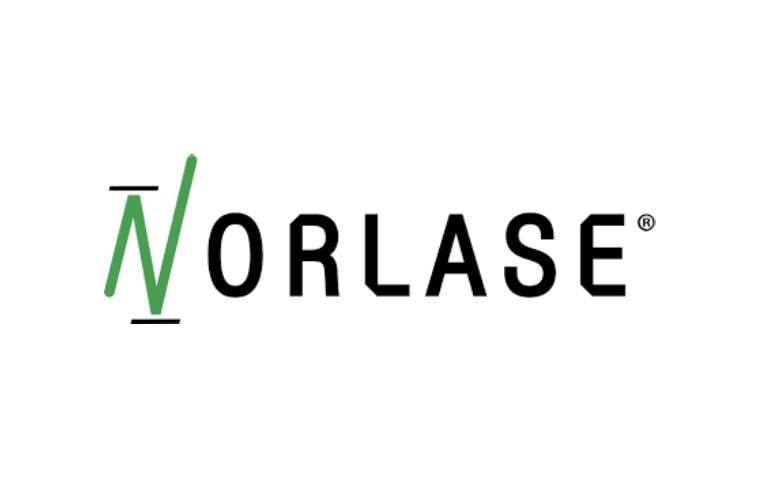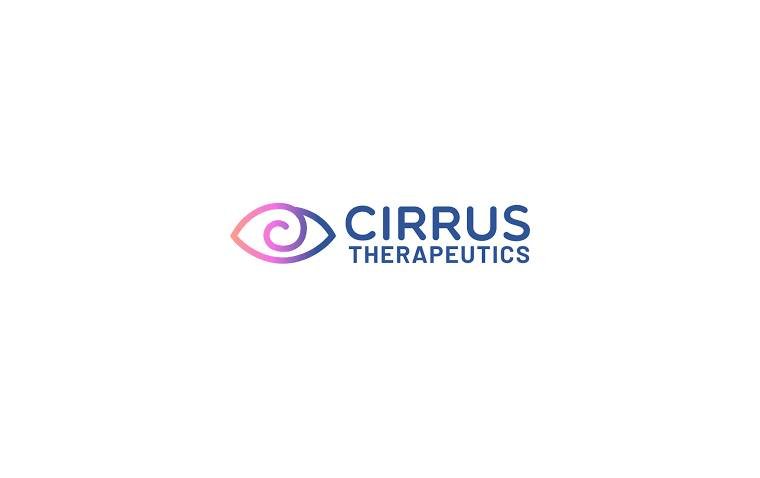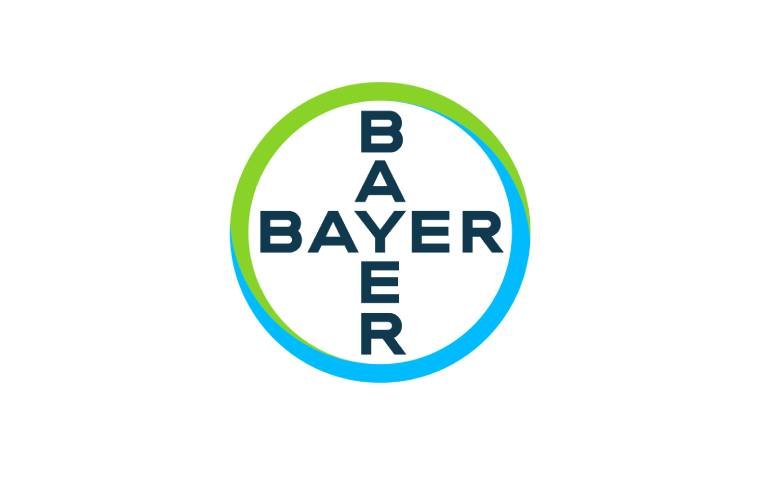
Prevent Blindness Declares April as Women’s Eye Health and Safety Month
Prevent Blindness, a leading nonprofit organization dedicated to eye health, has officially designated April as Women’s Eye Health and Safety Month. As part of the initiative, the organization will offer a range of free educational resources aimed at raising awareness among the public and eye care professionals about the unique vision health needs of women.
Educational Tools to Support Awareness and Access
Throughout April, Prevent Blindness will provide:
• Fact sheets
• Shareable social media graphics
• Educational videos
• Dedicated web content
These tools are designed to empower women with vital information about preventive eye care, encourage routine eye exams, and foster awareness among healthcare providers.
Gender-Specific Needs in Eye Care
“As eye care professionals, it's crucial to recognize the unique eye care needs based on gender,” said Maria Sampalis, OD, owner of Sampalis Eye Care.
“Patients often present with a wide range of concerns, and we must be at the forefront of addressing these needs to ensure the best possible care.”
Dr. Sampalis is featured in a special Focus on Eye Health Expert Series episode titled “Healthy Vision and Eye Safety Tips for Women.” In the episode, she is interviewed by Kira Baldonado, Vice President of Public Health and Policy at Prevent Blindness. The discussion will also appear on the Prevent Blindness Focus on Eye Health Podcast during April.
Sampalis addresses key issues such as:
• The importance of routine eye exams for women
• Vision-related challenges during pregnancy and menopause
• Systemic health conditions detectable via eye exams
• Barriers to accessing care, particularly among underserved women
Sampalis was also the 2024 recipient of the Theia Award of Excellence for Industry Influence from Women in Optometry and currently serves as a volunteer member of the Prevent Blindness Development Committee.
Women Face Higher Risk of Vision Disorders
Prevent Blindness emphasizes that women are disproportionately affected by several eye diseases, including:
• Age-related macular degeneration
• Cataracts
• Dry eye disease
• Glaucoma
• Thyroid eye disease
• Refractive error
Women are also more likely to experience hormonal vision changes during pregnancy and menopause. According to the American Academy of Ophthalmology, women’s longer life expectancy is a contributing factor, as many eye conditions are age-related.
Commitment to Expanding Access and Equity
“Throughout the lifespan, women will likely undergo changes to their vision,” said Kira Baldonado.
“Prevent Blindness continues to work to educate all on the importance of access to quality eye care and affordable treatment—especially women, who are at higher risk of vision impairment and blindness.”
The initiative underscores the organization’s commitment to vision equity and the advancement of gender-specific education and care delivery in ophthalmology.
(1).jpg)
